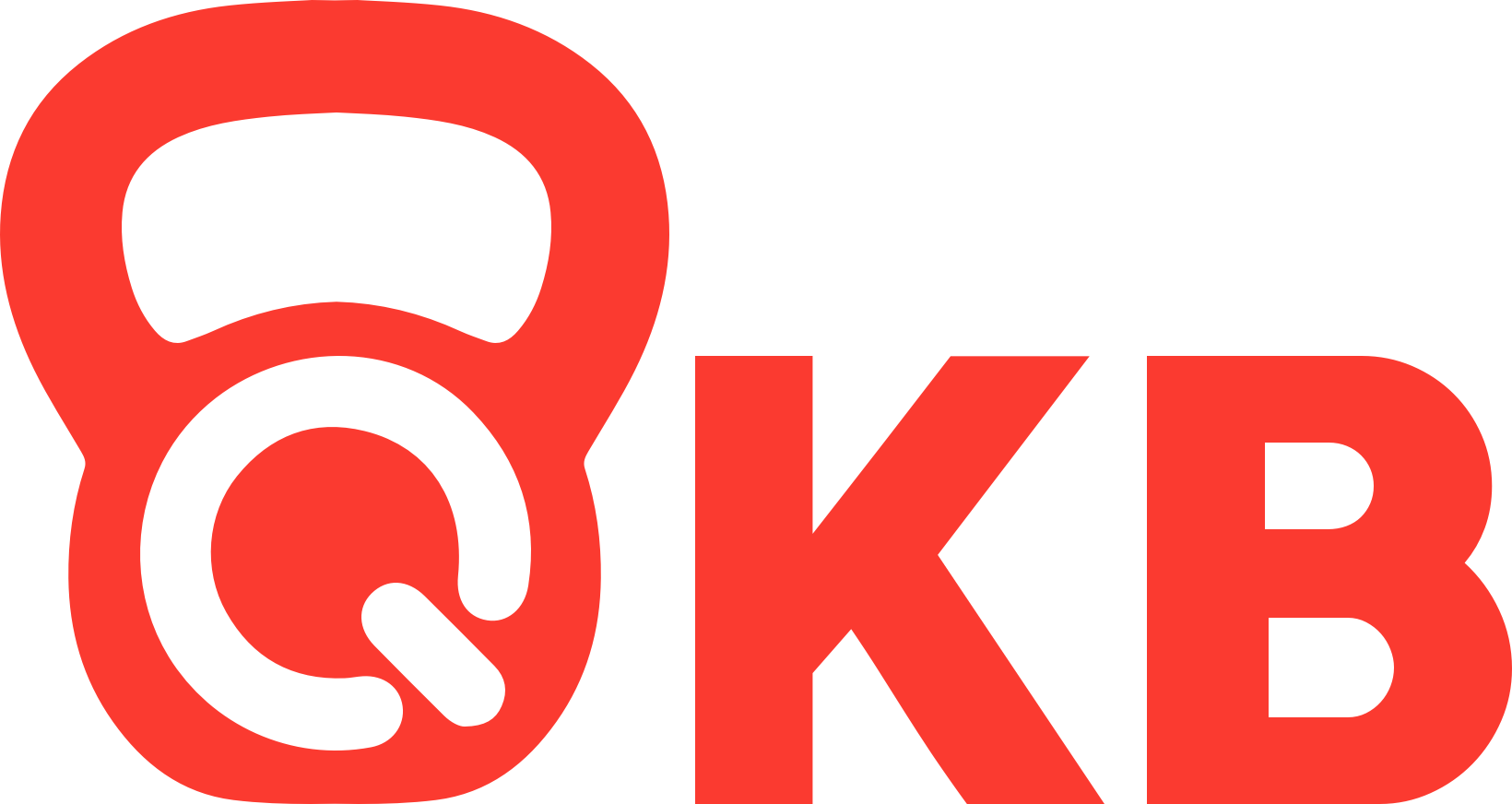Have you heard of 1RM or RM?
If you've looked at our monthly workout plan, you may have noticed exercises followed by the letters RM. But what does RM mean? It stands for repetition maximum, which is the maximum number of reps you can do with a given weight. It's not a specific number of reps, but rather an indication of the weight or intensity of the lift you're about to do. Let's explore the different types of RM and their importance in our gym.
First, it's important to know that there are two types of maximums in the gym. The technical rep max (TRM) is the maximum number of reps you can do with perfect form, while the absolute rep max is the maximum number of reps you can do with a weight that may not have perfect form. In our gym, we always use the technical rep max when writing rep maxes.
1RM - If the number is written before the RM, it means the heaviest weight you can lift for that many reps. For example, 1RM indicates that you can lift the weight with good form for one rep. Going beyond that may result in a loss of form or inability to complete the movement. In some cases, there may not be a weight that fits exactly. For instance, if you're trying to find a 10RM with kettlebells, there may not be a weight that fits perfectly due to the large jumps between bells. In this situation, use a lighter weight that you can definitely lift for the suggested number of reps.
%RM - This type requires you to perform a percentage of the total number of reps you can do with a fixed weight. We often use this for pull-ups. For example, if we write 40% of RM and you can do 10 pull-ups, you would do 4. If you can only do 5, then you would do 2.
% of 1RM - This notation combines the other two types and refers to using a weight that is a percentage of your given rep max. For instance, if the board says 80% of 1RM, it means using a weight that is 80% of your 1RM weight. Usually, this type of notation also includes a number of reps that we want you to use that weight for. This is important because we can make a reasonable estimate of how many reps you can do with any given percentage of your 1RM, and it helps to create a buffer and ensure safety when programming for a group.
Why is this important?
Effective training, which leads to quick results and allows for some margin of error, occurs at an effort level between 6.5 and 8.5 out of 10. This range allows for most adaptations, except for the psychological aspect of pushing for hard reps and maximizing the ability to tolerate glycolysis. Knowing your rep maxes helps you choose weights that keep you in this effort range for the majority of your workout. For example, an 8 out of 10 effort might be 4 reps with a weight you could lift five times.
